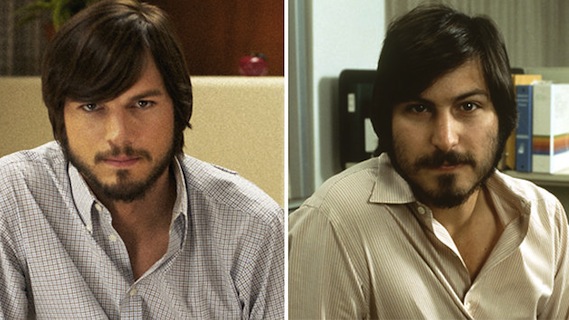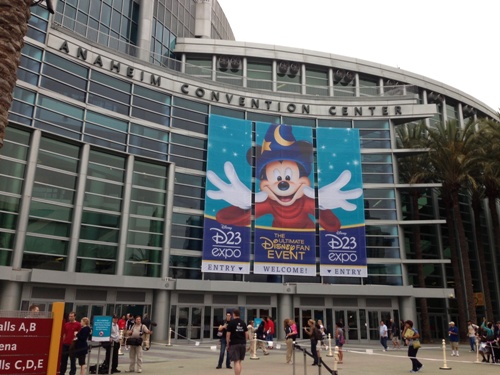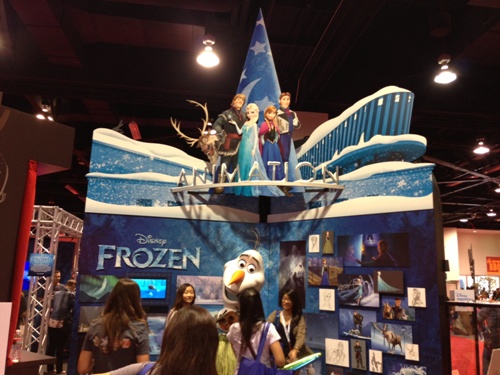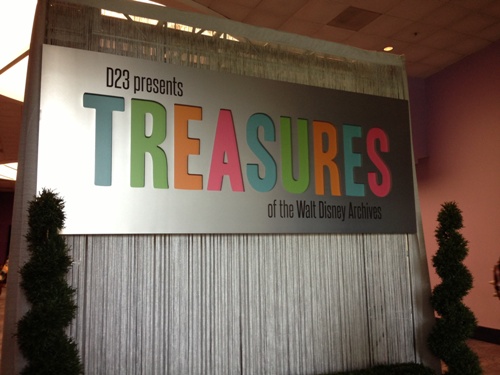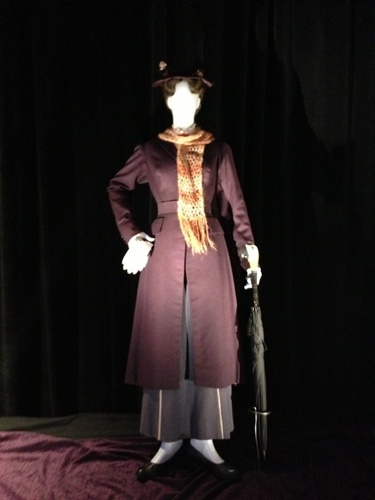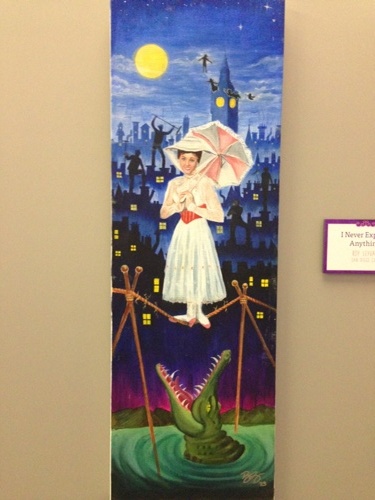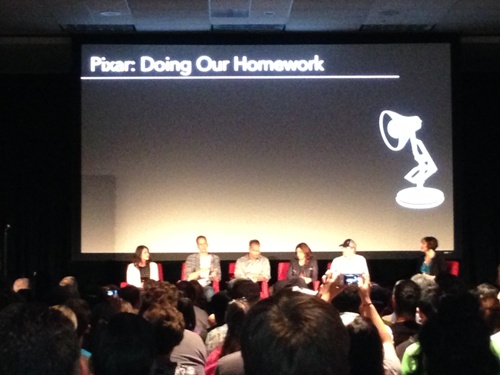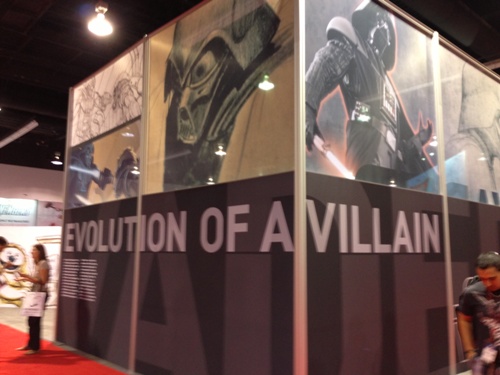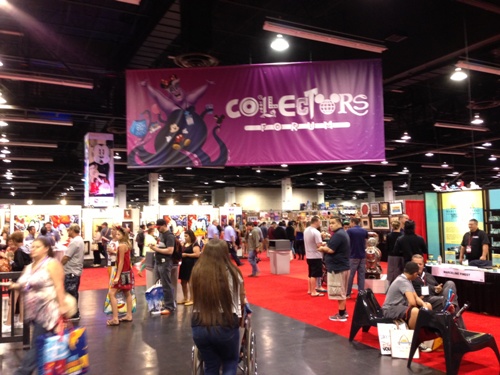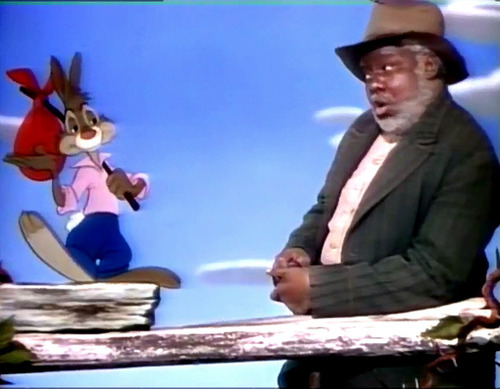With the closing of the tumultuous Summer movie season upon us this Labor Day weekend, we look ahead now to an entirely different beast that carries its own kind of significance. Summer is when Hollywood releases their big tentpole crowd-pleasers, which usually becomes the domain of action movies and broad slapstick comedies, and while you’ll find some of those in the final quarter of the year, the fall season usually puts more of an emphasis on dramas. This is commonly know as Oscar season, and this year is no exception with regards to the ambitious slate of Oscar-baiting films coming up. While some certainly look intriguing and will be certain award-winners, other films come off looking like they’re trying too hard. Like I did at the beginning of the summer season, I am going to highlight the films that I am most psyched about, which ones have me a little worried, and which ones I am sure will be a failure.
Keep in mind, these are just my opinions and I’m fully aware that I am not the best handicapper. This summer I predicted that World War Z was going to be a colossal critical and box office bomb and that The Lone Ranger was going to be a must-see success. It’s safe to say that I missed the mark. (World War Z was actually pretty good by the way.) And I’m sure with a serving of films as varied as in this season, it will still be hard to predict the winners from the losers. Sometimes a complete surprise may come out of nowhere and capture everyone’s attention with little advanced hype. The Toronto Film Festival has yet to happen, and the Venice festival begins within a couple of days, so there’s the potential of some unseen underdog coming through to become awards favorite in the weeks ahead. My choices mainly focus on the films that already have set release dates and how I think they will both perform critically and at the box office.
Must Sees:
GRAVITY (OCTOBER 4)
Most films at this time of the year usually play it safe when it comes to the stories they tell. You usually see a lot historical pics, biopics, and/or book adaptations because studios know that they have a better chance of reaching their audience based on the familiarity with the subject matter in the films already being present. Director Alfonso Cuaron’s Gravity stands apart from this pattern by being wholly original. After seeing the nail-biting trailers for this movie, I can honestly say that I have never seen anything like this before, which makes it the must see movie of the season in my opinion. Cuaron already has a reputation for having extraordinary camerawork in his films, as evidenced by the stunning tracking shots in 2006’s Children of Men, and it looks like he’s bringing the same kind of ingenuity to Gravity, only on a much grander scale. There are several trailers already online for this film, and each one is like a stunning short movie on their own. The film has only two credited stars, George Clooney and Sandra Bullock, and both of them look to be capable enough to stand out amid all of the flashy effects on display. What excites me about this movie is that it has the potential to be a one-of-a-kind experience, which is something that I want every movie to be.
THE WOLF OF WALL STREET (NOVEMBER 15)
Martin Scorsese has had a strong track record as of late, even when he’s dabbling in unfamiliar territory, like the family-friendly Hugo (2011). Here he once again is teaming up with Leonardo DiCaprio for the fifth time, but in what seems to be a more comical feature. The last time Scorsese tried a more comical tone in one of his movies, it was the criminally underrated The King of Comedy (1983), so I have high hopes that this film will be similar in execution. Hopefully DiCaprio is able to perform the role in this film well enough to distinguish it from the other work he has done for Mr. Scorsese, and it appears that Leo is up to that challenge. The remainder of the cast also looks impressive, especially Matthew McConaughey in what looks like a very eccentric performance. Most of all, I’m interested in seeing how Scorsese treats the material here. I’m certain that it will be a largely black comedy, and of course Scorsese knows how to tackle the seedy underbelly of American culture with ease. What I’m wondering is who the bigger scene-stealer is in the trailer; McConaughey or McConaughey’s teeth?
THE HOBBIT: THE DESOLATION OF SMAUG (DECEMBER 13)
The unplanned second film in Peter Jackson’s fantasy trilogy will be a must see film for most people, but what has me curious is how the movie will work on it’s own. When Peter Jackson made the controversial decision to spread his adaptation of J.R.R. Tolkein’s The Hobbit over three films instead of two, it made a lot of people worried that the new film series would feel too bloated for its own good. When the first film, The Hobbit: An Unexpected Journey was released last Christmas season, it had a mostly positive response from both fans and critics; though there were still quite a few that believed that it was still too much movie. I was extremely happy with the first film and I even put it in my top ten movies of 2012. The Desolation of Smaug has the unfortunate position now of being the middle child in Jackson’s trilogy, which can be problematic given that it has no beginning or end. I have confidence that Peter Jackson can make it work and I’m more than willing to dive right back into the world of Middle Earth once again. On top of that, this film features the titular dragon prominently (played by Benedict Cumberbatch), and it’s a character that I have long wanted to see come to life on screen ever since I first read the book.
OLDBOY (NOVEMBER 27)
Remakes are always a difficult sell to audiences, especially when they come from a foreign source like Oldboy. This remake is of a now classic Korean thriller from director Park Chan-wook, which gained notoriety for its brutal onscreen violence and controversial subject matter. The film is beloved by many cine-philes, but there is the danger of some things getting lost in the translation now that the film is being Americanized. That is why the choice of Spike Lee as the director couldn’t be more perfect. He’s a director known for taking on challenging material, and I believe that he will treat the source film with a lot of reverence. The trailer certainly gives a good taste of what we have in store for us, and star Josh Brolin looks like he’ll be giving an appropriately intense performance. Whether or not it all works in the end remains to be seen, but it is a rare example of a remake worth getting excited for.
ANCHORMAN 2: THE LEGEND CONTINUES (DECEMBER 20)
Not really an awards contender, but I am still anxious to see this film nontheless. The first Anchorman (2004) was an incredibly absurd send up of local news networks that served as a launching point for Will Farrell’s career as a comedic leading man. While sequels to classic comedies are almost always hard to pull off, Anchorman 2 looks to be hitting the right tone already based off the trailers. The inclusion of some high profile new faces to the cast (Jim Carrey and Harrison Ford) should also help this sequel live up to the high standards of its predecessor. Again, not awards material, but sometimes we do need a good laugh around the holidays.
Movies that have me worried:
SAVING MR. BANKS (DECEMBER 20)
This film doesn’t have me worried because of the production itself or by my own reaction to the trailer. I’m worried mainly because I grew up a big Disney fan, and this is the first time ever that Walt Disney Pictures is making a movie about it’s own storied history. I believe that they can pull it off, but I worry a bit that it could all go horribly wrong as well, ruining what I think could be a wonderful story-line. What worries me most is the tone. The film could come off as too sugarcoated to be believable, mainly due to the fact that the Disney company is dramatizing their own history in this one. If the tone doesn’t feel right, it could spoil the drama and make it feel unauthentic. That being said, the look of the movie is spectacular and the performances feel genuine enough. I like the fact that Tom Hanks isn’t buried under a lot of makeup in order to play Walt Disney. From what I’ve heard, the screenplay is supposed to be very good and I hope it does deliver in the end. Don’t be afraid to go all in with this one Disney Pictures. It’s a story well worth getting right.
THOR: THE DARK WORLD (NOVEMBER 8)
This is another film that I am looking forward to, but with some reservations. This is mainly due to my disappointment with this summer’s Iron Man 3, and my worry that Phase 2 of Marvel’s Avengers Initiative is loosing steam just as it’s getting started. The film trailer looks appropriately epic in scale, but nothing has really stood out so far for me. My worry is that the Thor sequel is going to just play it safe and give us more of the same, when it should be doing more to expand the world it has created. I’ll hold my judgement until I see it, and I have confidence in new director Alan Taylor (Game of Thrones). My only wish is that it avoids the pitfalls that brought down Iron Man and hopefully stands on it’s own as a worthy edition to Marvel’s collection of films.
CAPTAIN PHILLIPS (OCTOBER 11)
With this film, I like the casting, I like the style, and I like the choice in director. But like Saving Mr. Banks, what worries me is the tone of the film. This is a true life story that’s still very fresh in people’s minds, and the film runs the risk of trying to dramatize the story too heavily to make it feel authentic. Paul Greengrass, the director, has a strong record of creating gritty films that put you right in the middle of the action, though with sometimes with mixed results; his style worked very well in the Bourne films, but felt very intrusive in a movie like Green Zone (2010). Here it seems like a good fit, but it also could run the risk of overusing the shaky cam technique that Mr. Greengrass loves so much. Hopefully the distracting camera work will be kept at a minimum so that the story can establish itself better. Also, the film has the star magnetism of Tom Hanks in it’s favor, so that’s one thing to look forward to.
FROZEN (NOVEMBER 27)
This is an example where the trailer has become the source of my worries for a particular film. I don’t like this trailer at all; it’s clearly aiming for the youngest demographics in the audience and no one else; and it tells us absolutely nothing about the film itself. I’m holding my judgment on the movie until I see it, and the foreign trailers do a much better job of selling this film than the American one. Truth be told, I still strongly prefer hand-drawn animation, but some of the pre-production artwork for this film is really beautiful and it give me hope. It’s another fairy tale addition to the Disney canon, based off the story of “The Snow Queen,” so a lot is riding on this one. I just wish they had highlighted the story in this trailer instead of the comical sidekick characters. Is it an indication that Disney doesn’t have confidence in the film’s story-line as a selling point? I’ll say this, they’re not going to get me to watch the film with a talking snowman alone.
Movies to Skip:
ENDER’S GAME (NOVEMBER 1)
I’ll admit that I have not read the books, so I can’t judge this one on an adaptation standpoint. And I’m also going to ignore the fact that the original novel’s author is a homophobic bigot with regards to judging this film as well. What makes me so uninterested in this movie is the fact that it feels completely unoriginal. Looking at this trailer, I feel like I have seen this movie before and disliked it. The director, Gavin Hood, seems to be copying his visuals from many other Science Fiction films and hasn’t bothered to put his own unique spin on it. The performances in the trailer also feel wooden, which is surprising given the impressive cast on board; especially Harrison Ford. The look of the alien invaders feels a bit too close to similar types like Transformers, and I don’t think it’s a good sign when your film invokes a Michael Bay aesthetic. But, I could be wrong, given that I predicted World War Z would follow a similar fate. Still, this movie so far has left me cold based on the way it’s being sold, and I don’t have much hope that it will surprise me.
AUGUST: OSAGE COUNTY (DECEMBER 25)
One of the most typical movies you will find around the end of the year is the Oscar-Bait film. While some Oscar-baiting movies can work and achieve what they set out to do, there are others that try too hard and come up empty. August: Osage County feels like that type of movie. It’s got Oscar pedigree stars acting up a storm (Meryl Streep and Julia Roberts), it’s got a critically acclaimed source material (the Tony-winning play), and a tear-jerking scenario that’s meant to convince the viewer that what they’re watching is important. But, based of this trailer, it looks to me like it’s another Hollywood film trying to hard to be emotional, and that could make everything ring very false in the final product. Sometimes an Oscar-bait film can surprise with how well it delivers the goods, but August: Osage County feels like yet another movie that misses the mark.
47 RONIN (DECEMBER 25)
Not by any means an awards contender. I just wanted to included this one on the list because it just looks so bad. It’s another Crouching Tiger wannabe that’s trying too hard and relying too heavily on CGI effects in its action scenes. I can’t see anybody really getting excited for this one; other than die-hard Keanu Reeves fans, if they’re still out there. The trailer feels very paint-by-numbers, emphasizing the effects work over everything else, which doesn’t bode well for the effectiveness of the story-line. I can see this film being an almost certain failure, and I highly doubt that it will surprise me at all in that regard.
So, this is my outlook of the Fall 2013 season. Some of the films look really exciting and hopefully the upcoming slate of movies helps to make up for the really weak summer season that we had. My picks reveal how I feel about these films at this moment and it could all change in the upcoming months. Also, I know I left out quite a few more movies worth mentioning, which just proves how competitive the end of the year is for the film industry. Hopefully, there will be a few surprises coming our way in the months ahead.


